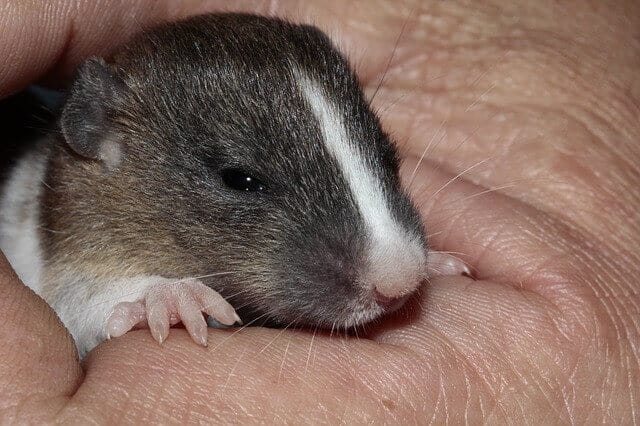Baby rats whose mothers were fed a high-fat diet had larger than normal hearts with fewer taste receptors for bitter flavours, according to new UNSW research.
The study, led by the UNSW Head of Pharmacology Professor Margaret Morris and published in Nutrition, Metabolism and Cardiovascular Diseases, examined the effect of a fatty maternal diet on receptors in the hearts of newborn rats, including those which detect certain flavours.
Taste receptors have only recently been shown to exist outside the mouth, at sites including the heart, where both bitter and umami – or savoury – receptors have been identified.
Their function is not yet clear, but researchers believe they may play a part in nutrient detection and regulation of appetite.
Professor Morris and her team from the School of Medical Sciences found fewer bitter taste receptors on the hearts of 19-day-old rats with obese mothers, which she described as an “exciting” result. Umami receptors were not affected.
“We know that a range of maternal factors including diet can influence foetal development, but this is the first study to examine changes in the expression of taste receptors in the heart,” said Professor Morris.
“This may be an important finding linking taste preferences or nutrient availability and cardiovascular health.”
The offspring of obese rats also had larger hearts with fewer angiotensin II and beta-adrenoreceptors which are important in the regulation of blood pressure and cardiac activity.
Professor Morris said this suggested their cardiovascular systems were overactive. Previous studies have a shown a link between chronic overeating and the fight-or-flight nervous system response.
The mother rats were fed a high-fat diet including pies, cakes, biscuits and dim sims for six weeks before mating and throughout gestation and lactation, and their offspring were compared with those born to a control group on regular rat feed.
Half of each group were also allowed a running wheel to explore the impact of exercise. Professor Morris said “limited effects” were observed, with similar cardiac changes seen in the exercising and non-exercising obese groups.
If our reporting has informed or inspired you, please consider making a donation. Every contribution, no matter the size, empowers us to continue delivering accurate, engaging, and trustworthy science and medical news. Independent journalism requires time, effort, and resources—your support ensures we can keep uncovering the stories that matter most to you.
Join us in making knowledge accessible and impactful. Thank you for standing with us!

